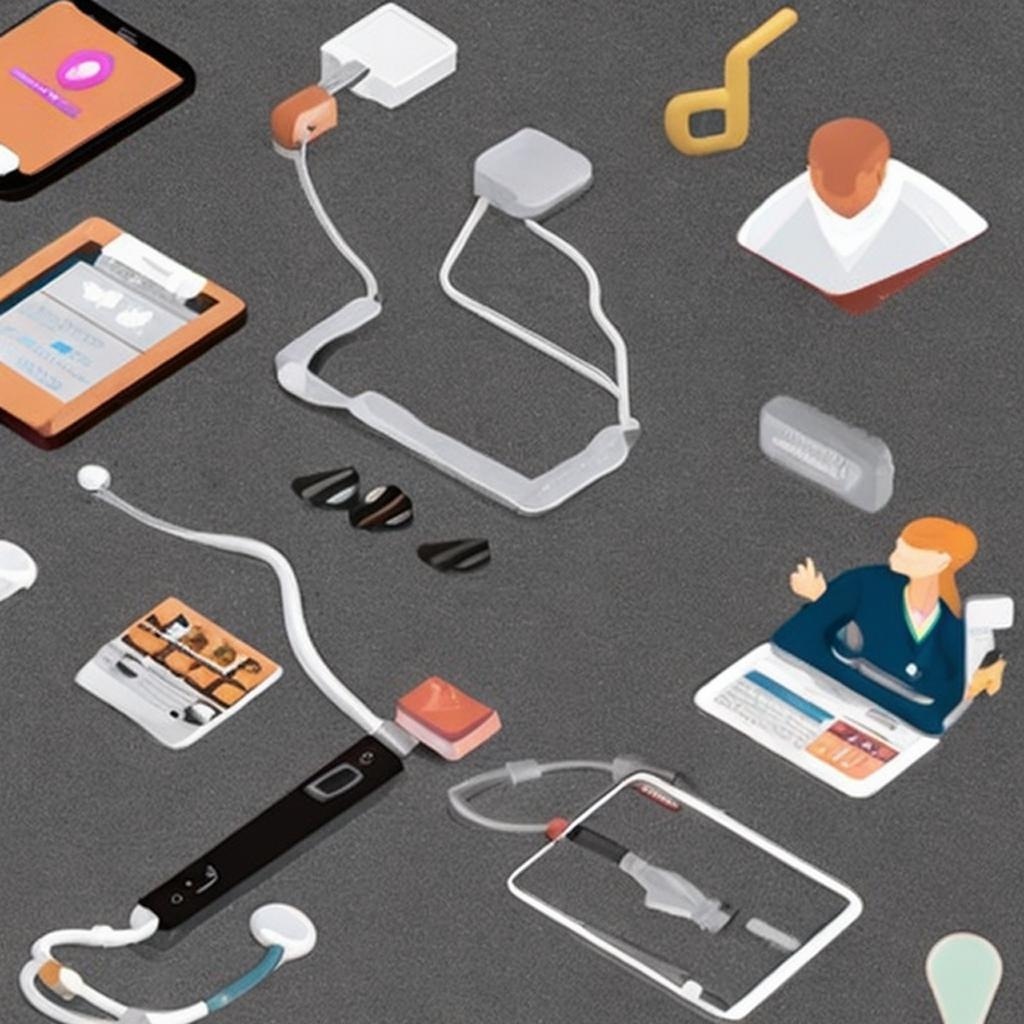
Health
Telemedicine: Revolutionizing Healthcare Delivery in the Digital Age

Telemedicine is a rapidly growing field that is transforming healthcare delivery in the digital age. With the increasing adoption of technology, patients are now able to access medical care from the comfort of their homes, offices or any location with internet connectivity.
Telemedicine refers to the delivery of medical services and consultations via video conferencing, remote monitoring, and other forms of telecommunication technologies.

There are three common types of telemedicine:
Interactive medicine: This is also called “live telemedicine.” This is when you communicate with providers in real time.
Remote patient monitoring: This allows providers to monitor you remotely. Using mobile medical equipment. You can collect data on things like blood pressure and blood sugar levels and share it with your provider
Store and forward: Health information that you enter is shared with a provider and reviewed at a later time, not in real time.

Since the 1950s, healthcare providers have been offering remote services. Telemedicine first began on landline telephones. As technology has advanced, it has grown to offer services in a variety of ways. This includes online portals, video software for remote visits, and apps managed by companies that offer telemedicine services, like an infected cut.
The difference between telemedicine and telehealth
The terms “telemedicine” and “telehealth” sound the same, but they’re definitely different.
Telemedicine is the use of technology that lets healthcare providers and people seeking medical services connect virtually. This gives you the freedom to receive treatment without having to go to an office for medical services.
Telehealth is a support tool — not a service. Telehealth is a way to improve patient care and physician education. It expands beyond telemedicine to cover nonclinical aspects of care. This includes appointment scheduling, continuing medical education, and physician training.
In this article, we will explore the ways in which telemedicine is revolutionizing healthcare delivery.
The benefits and limitations of telemedicine, and the trends that are shaping the future of this field.
Telemedicine in the Digital Age:
Telemedicine is a natural evolution of healthcare delivery in the digital age. It offers patients greater access to healthcare services, regardless of their location. And has the potential to significantly reduce healthcare costs. It is estimated that telemedicine could save the US healthcare system $6 billion annually by reducing hospitalizations, emergency department visits, and transportation costs.
Telemedicine has made it possible for patients to receive medical care remotely. Which is especially important for those living in rural areas or in regions where there is a shortage of medical professionals. Patients can access a wide range of medical services, including primary care, mental health, and specialty care.
[the_ad id=”41670″]
Benefits of Telemedicine:
It offers numerous benefits for both patients and healthcare providers. These include:
Increased access to medical care: Telemedicine makes it possible for patients to access medical care from anywhere, at any time. This is especially important for those living in remote areas or for patients with mobility issues.
Improved patient outcomes: It has been shown to improve patient outcomes by providing timely medical interventions and reducing the risk of hospital readmissions.
Reduced healthcare costs: It has the potential to significantly reduce healthcare costs by reducing hospitalizations, emergency department visits, and transportation costs.
Convenience: Patients can access medical care from the comfort of their homes or workplaces, eliminating the need for travel and waiting room time.
Improved patient satisfaction: Patients are more likely to be satisfied with their medical care when they can access it remotely.
Limitations of Telemedicine:
While telemedicine offers numerous benefits, it also has some limitations. These include:
Technical issues: Technical issues such as poor internet connectivity or video conferencing problems can impact the quality of the medical consultation.
Lack of physical examination: Telemedicine consultations do not allow for physical examinations, which may be necessary for certain medical conditions.
Legal and regulatory barriers: Legal and regulatory barriers can impact the adoption of it, especially in areas where there are restrictions on medical licensing or reimbursement.
Security and privacy concerns: Telemedicine consultations involve the transfer of sensitive medical information, which can be vulnerable to security breaches.
Limited insurance coverage: Insurance coverage for telemedicine varies depending on the provider and the type of service, which can limit access for some patients.
Future Trends in Telemedicine:
The future of telemedicine is exciting, with new technologies and trends emerging that have the potential to further revolutionize healthcare delivery. Some of the trends to watch in this field include:
READ ALSO: AI and Healthcare: Revolutionizing Medical Diagnosis and Treatment
Artificial intelligence and machine learning: Artificial intelligence and machine learning technologies can help healthcare providers make more accurate diagnoses and treatment plans.
Virtual reality: Virtual reality can provide patients with immersive medical experiences, such as exposure therapy for phobias or pain management.
Wearable technology: Wearable technology, such as smartwatches and fitness trackers, can collect valuable health data that can be used to monitor and manage medical conditions.
Mobile health: Mobile health apps and platforms can provide patients with personalized medical advice and support, and can also improve communication between patients and healthcare providers.
Telemedicine in developing countries: It has the potential to significantly improve access to medical care in developing countries, where there may be limited healthcare infrastructure and resources. This can help to bridge the gap in healthcare delivery and improve health outcomes for underserved populations.
The COVID-19 pandemic has also accelerated the adoption of telemedicine. Social distancing measures and lockdowns made it difficult for patients to access medical care in person. As a result, it has become an essential tool for healthcare providers to continue delivering medical services while minimizing the risk of infection.
Telemedicine is revolutionizing healthcare delivery in the digital age by offering patients greater access to medical care. Improving patient outcomes, reducing healthcare costs, and providing greater convenience.
While there are some limitations to telemedicine, the future of this field is exciting. With new technologies and trends emerging that have the potential to further transform healthcare delivery.
As it continues to gain popularity. It is important for healthcare providers to ensure that they are using secure and reliable technologies. And that they are complying with legal and regulatory requirements.
Patients should also be aware of the limitations of it and seek in-person medical care when necessary.
Overall, telemedicine is a valuable tool for improving healthcare delivery. And has the potential to make a significant impact on the health and wellbeing of individuals and communities around the world.


























